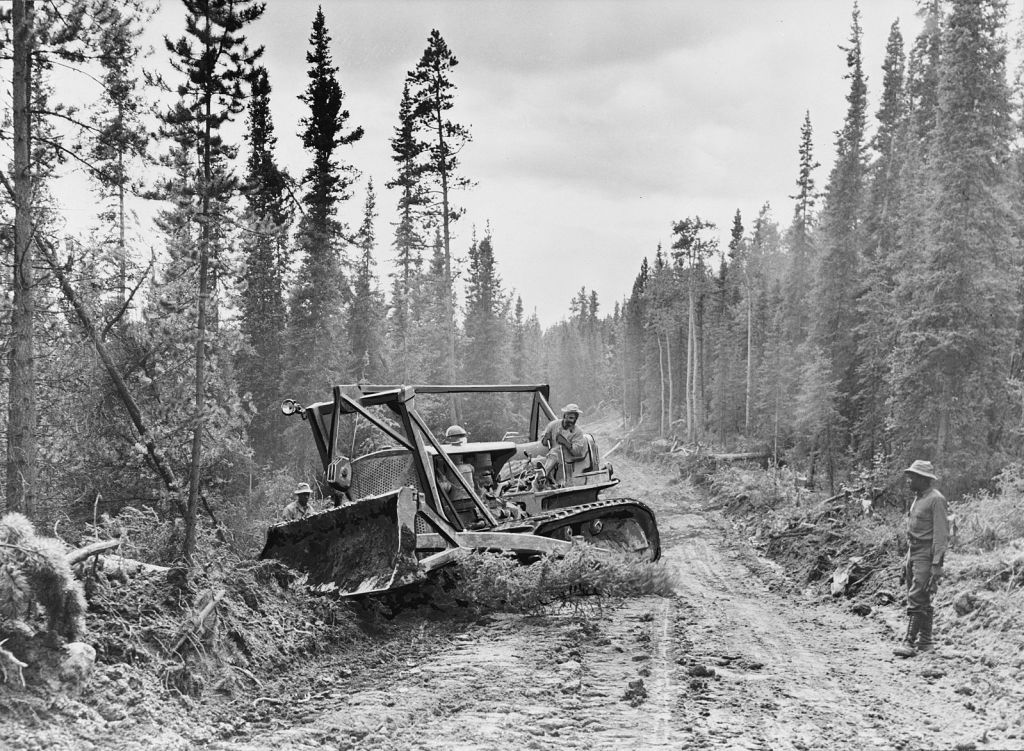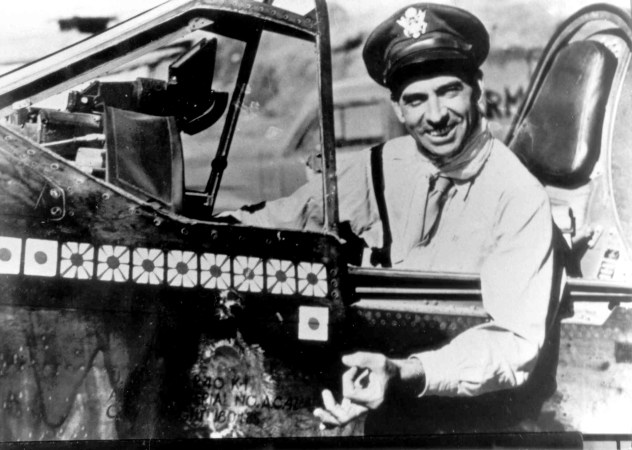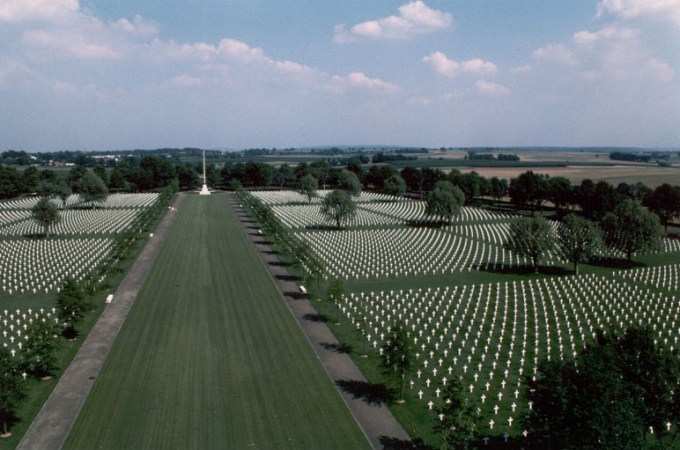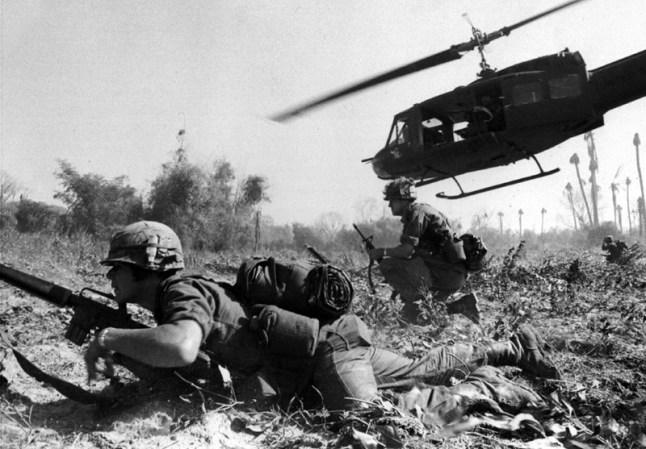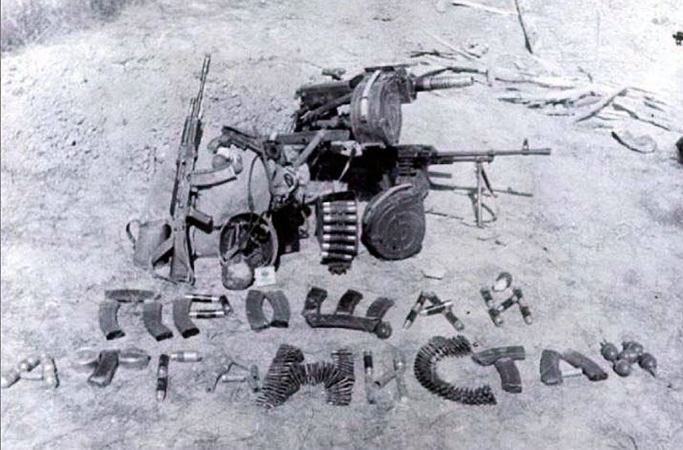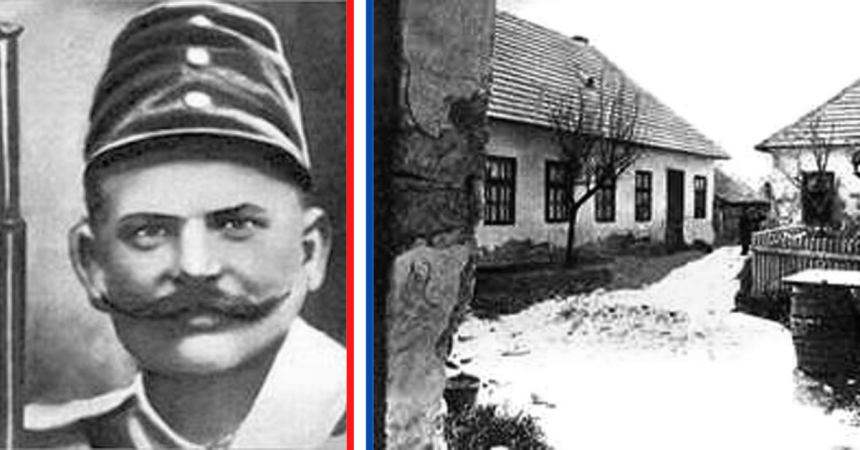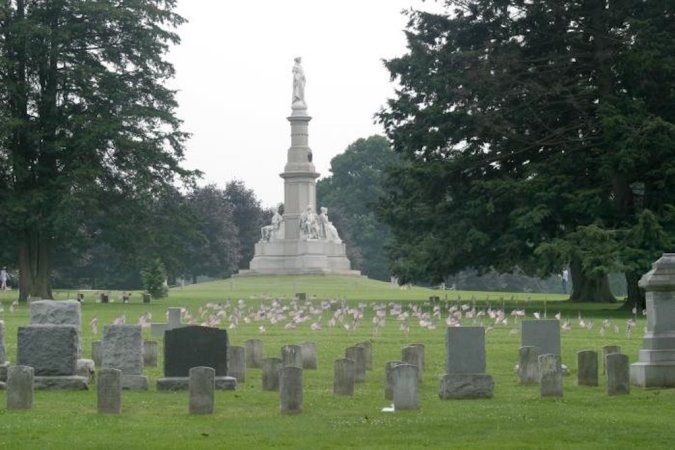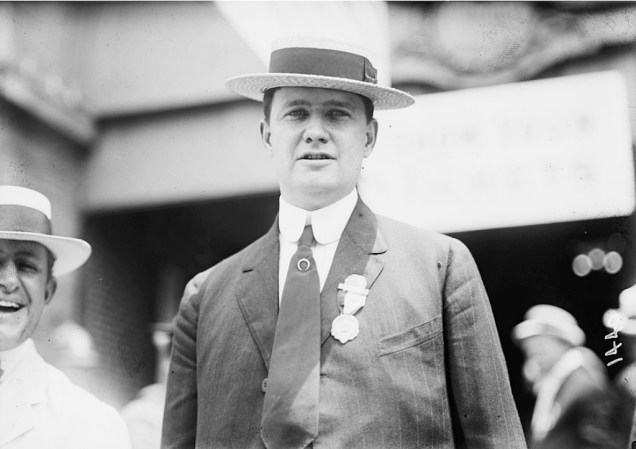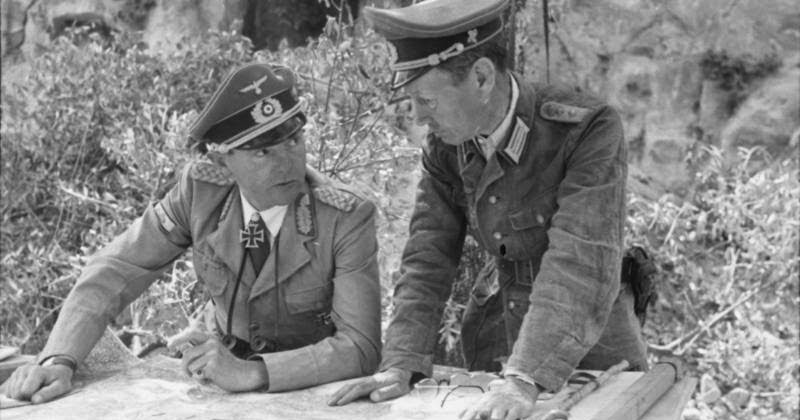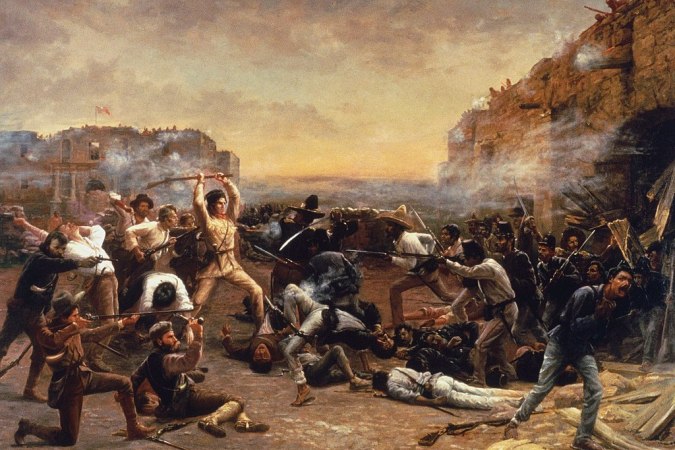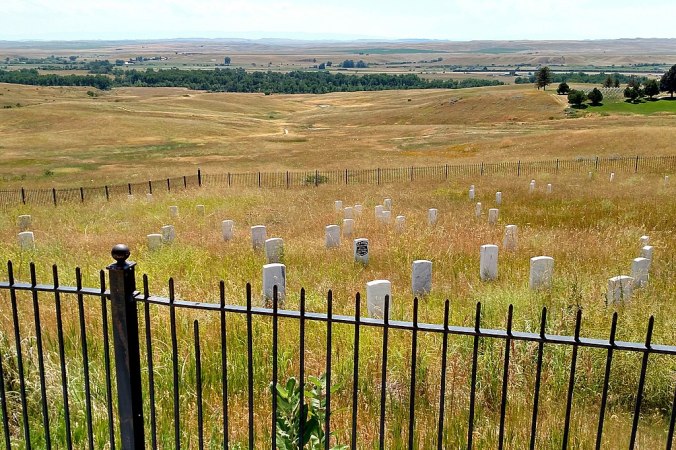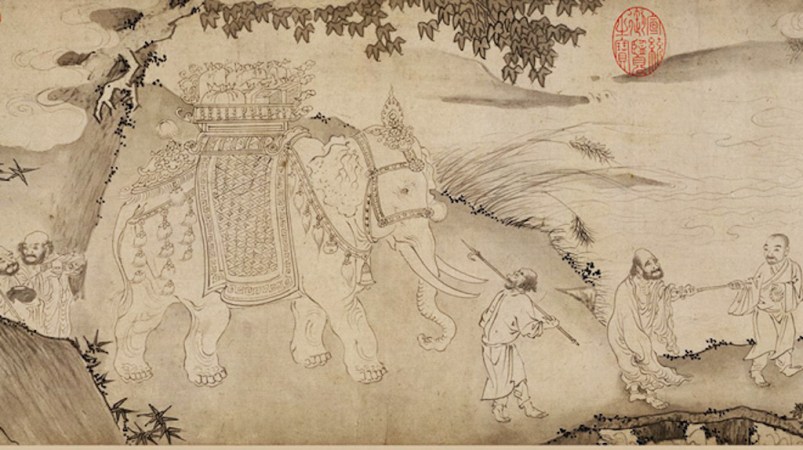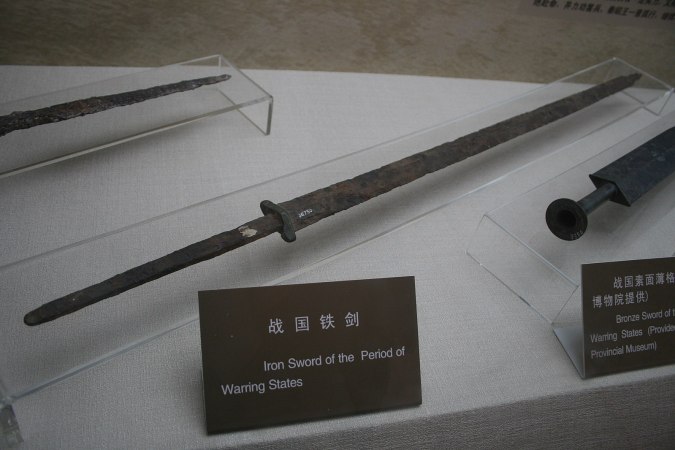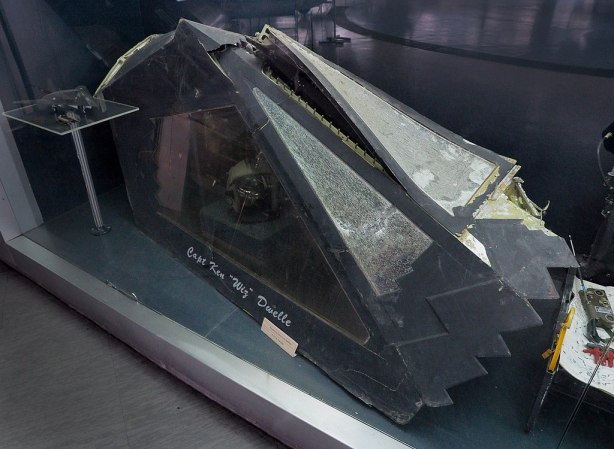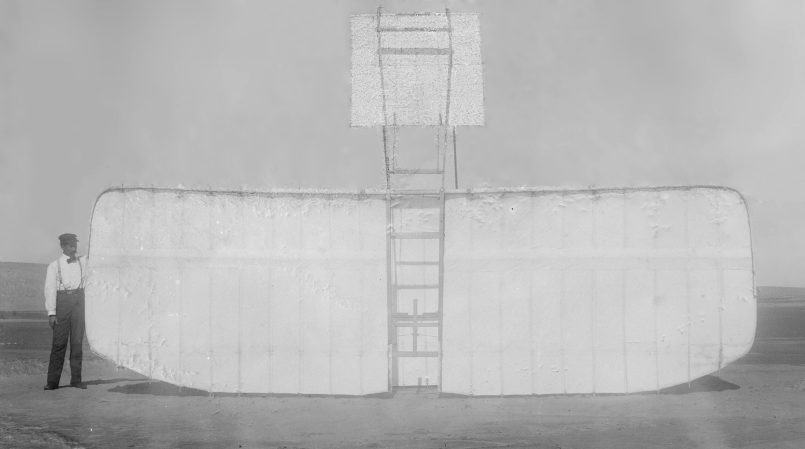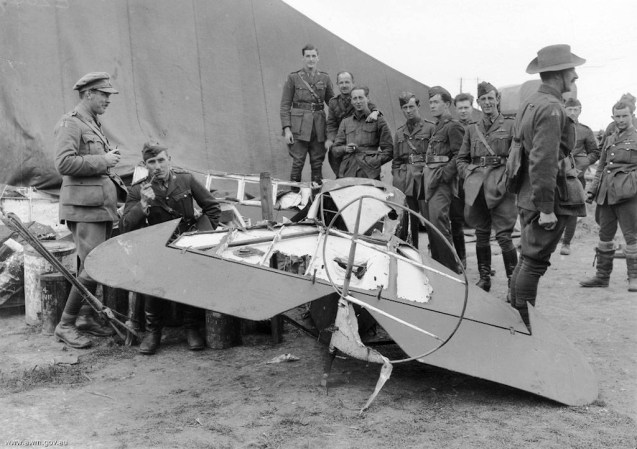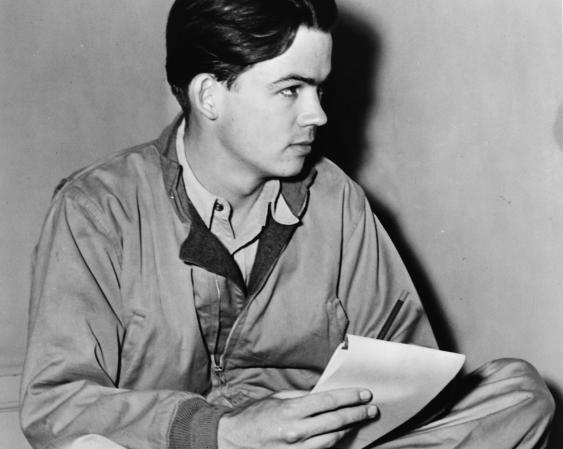On a global scale, World War II was the largest and most intense single series of activities in human history to date. Trillions of dollars were spent in producing infrastructure and war material to sustain combat all across the world, from the Arctic Circle to Australia. Notable among the most challenging infrastructure projects completed by the Allied nations were two highway projects, one through the tropical jungles and highlands of northern Burma and southwest China, and another through the freezing tundra and icy mountains of western Canada and Alaska.
A 1980, Marine Corps Commandant General Robert H. Barrow said, “Amateurs talk about tactics, but professionals study logistics.” While this quote has become a cliché in military discussions, it is none-the-less extremely accurate. History is replete with examples of brilliantly executed military campaigns that yielded short term victories, only for those victors to eventually become the vanquished, defeated by enemies with greater logistical capacity.
At the start of World War II in the Pacific, initiated in late 1941 by the devastating Japanese carrier borne aerial attack on bases in Hawaii, Imperial Japan stunned an already war-torn world by rapidly conquering the Philippines and British territories across Southeast Asia. It soon threatened Hawaii, Australia and India, and invaded two islands in the Aleutian chain, part of the-then U.S Territory of Alaska.
In order to have any chance to stem the Imperial Japanese military tide and retake captured territories, the U.S. Army Corps of Engineers, along with U.S. allies, undertook two wildly ambitious road projects, through tremendously rugged terrain, half a globe away from each other. A significant percentage of the skilled labor, especially on the Alaska highway project, was accomplished by African American soldiers who were precluded from serving in combat units.
The Burma-Ledo Road
Having already invaded much of coastal and southern China prior to 1941, the Japanese conquest of Burma essentially cut off any resupply, by land, of Chinese forces also fighting against the Japan. A massive air supply operation, flying over the tallest mountain range in the world, the Himalaya, was the only way to provide war material to Chinese forces.
The Ledo Road originated in Assam, India and terminated in the temporary Chinese capital of Kunming, in Yunnan province. Construction of the road began in December 1942, with 15,000 American soldiers and 35,000 local workers. Two thirds of the U.S. soldiers were African American. Construction cost was approximately $2 billion in today’s dollars, and the project took two years. The rugged, austere tropical conditions, annual monsoon floods and the need for all haste made the human cost of the road much higher. The grim saying that emerged among the construction crews: “A Man A Mile” came from the staggering loss of over 1,100 Americans lives as well as those of many local laborers during the completion of the 1,079-mile road.
The Ledo Road helped to keep Chinese forces in the fight, forestalled an attack on India, and enabled the liberation of Burma. While many sections of the road today are paved and still serve their communities, much of the road has been absorbed by the relentless jungle the road briefly tamed. Fortunately, the equally trying efforts in constructing the Alaska-Canada (ALCAN) Highway resulted in a vital link in northwest North America that are still in extensive use today.

Alaska-Canada (ALCAN) Highway
The ALCAN Highway connects the continental United States to Alaska, through western Canada. The concept for the highway had been around since the 1920s. Official construction started in March 1942, funded entirely by the United States, with the understanding that all sections of the road on Canadian territory would revert to Canadian ownership at the end of the war. The 1,700 mile /2,700 kilometers road started at Dawson Creek, British Columbia, and runs to Delta Junction, Alaska, via Whitehorse, Yukon. The construction force numbered about 10,000 U.S. soldiers of the Army Corps of Engineers, with approximately a third of the force African Americans. Thankfully the human cost of the road was some 30 deaths, unfortunate, but nowhere as ghastly as the toll for Ledo Road.
As opposed to the painstaking linear construction of the Ledo-Burma Road, the ALCAN Highway construction benefited from a “shotgun” start, with separate phases starting concurrently at four different locations, accessed by Canadian and U.S. railways. The basic route was completed by October 1942, however construction of various improvements continued into 1943. As the Japanese abandoned their brief occupation of the Aleutian Islands of Attu and Kisha, the main benefit of the Alcan Highway was expeditious transfer of American Lend-Lease war material to the Soviet Union via Alaska to Siberia.
Over the years, the road has been modified in both Canada and Alaska and rerouted to benefit the development that has occurred post war.


